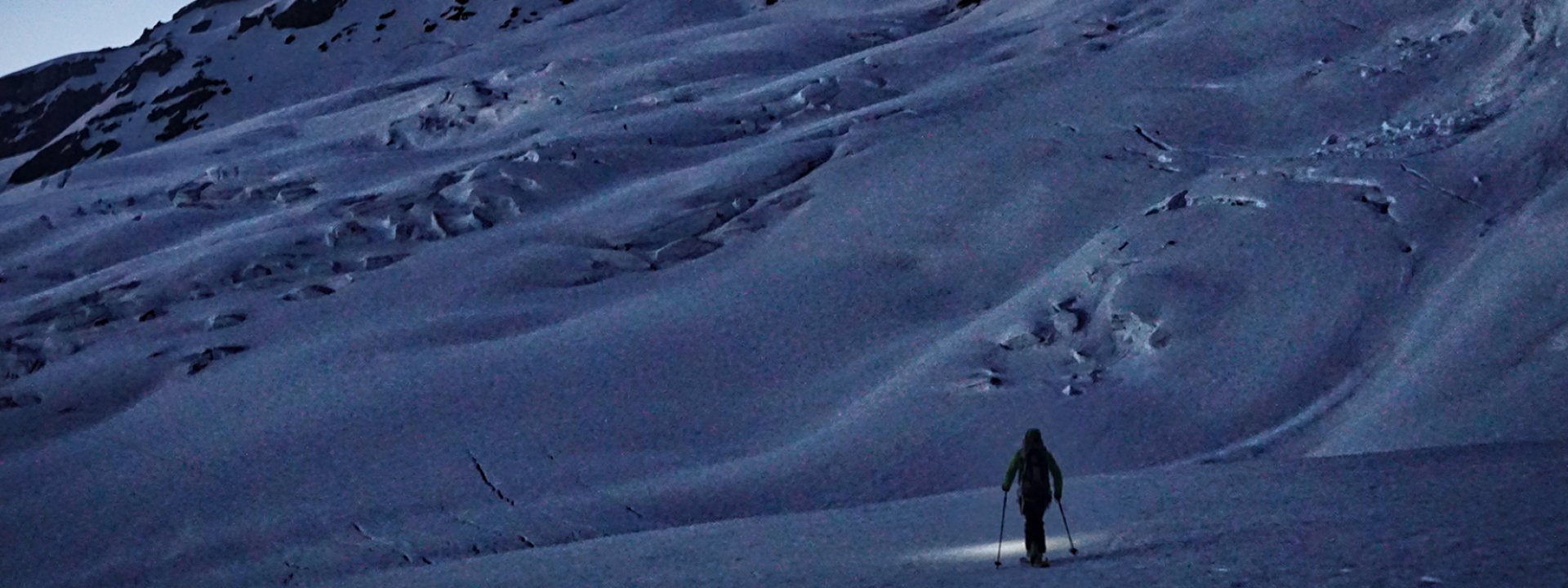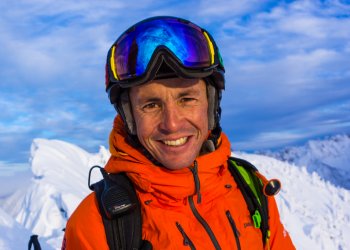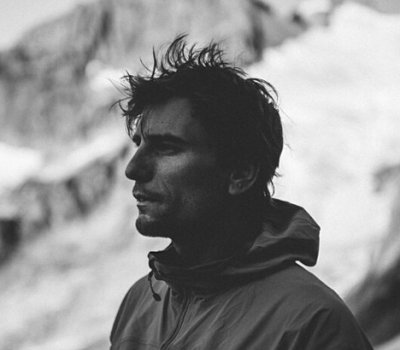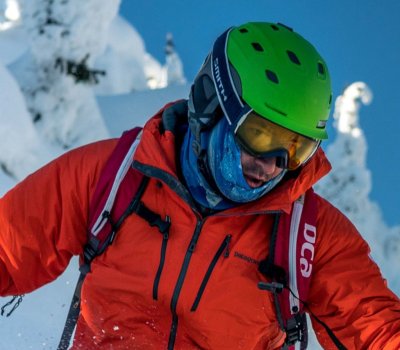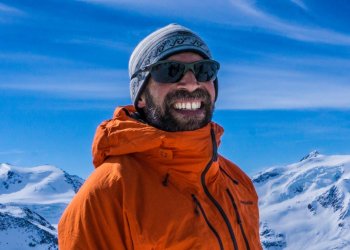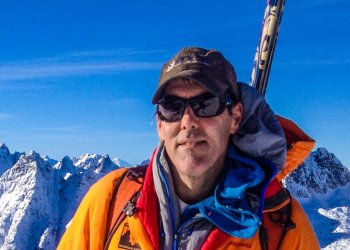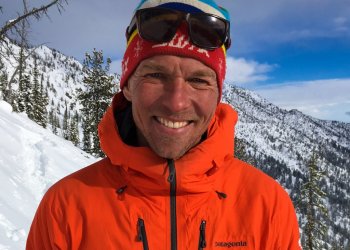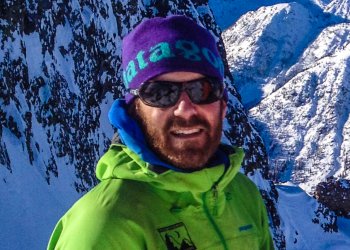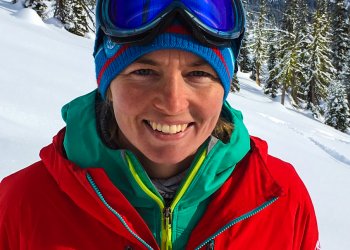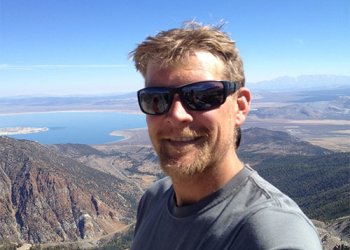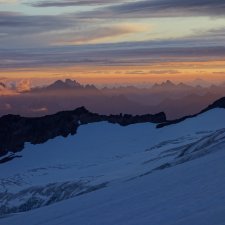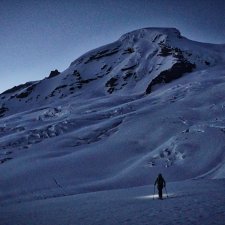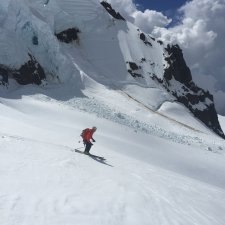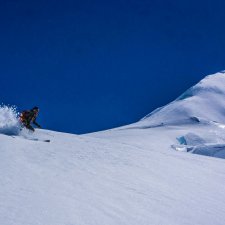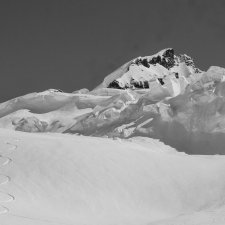The Coleman-Deming route is an ideal ski route on one of the most iconic mountains for skiing in the lower 48, and if you're a skier, it's the perfect tool for Mount Baker since you get to combine a beautiful summit climb with a spectacular ski descent of moderate difficulty.
Mt. Baker has the distinction of being the third tallest mountain in Washington and was once thought to be the most active volcano in the Cascade chain. (This was just prior to the eruption of Mt St. Helens in 1980!) Now this massive snow and ice covered peak offers one of the best alpine training grounds for learning snow and ice climbing, glacier travel skills and as a place to prepare for higher peaks around the world.
The Coleman-Deming route was the route used by the first ascent party in 1868 and remains popular today. Offering the unique opportunity to climb on two aspects of the mountain, the route begins on the north facing slopes of the Coleman glacier, before wrapping onto the West facing aspect of the Deming glacier and a view of the opposite side of the mountain.
As with most volcano skiing, the key to success on this route is good weather and good endurance. While the climbing is not very technical, it does require over 7000′ of climbing from the trailhead and a long summit day with close to 5000 vertical feet of elevation gain.
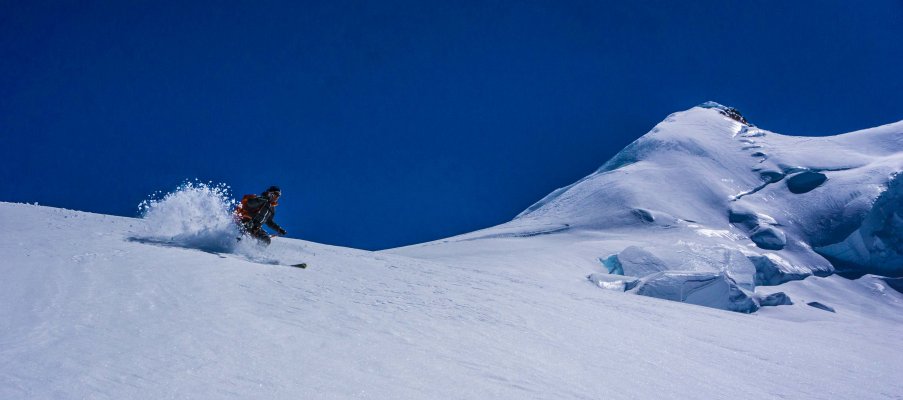
Mount Baker is the quintessential Northwest volcano ski. It is typically done as either a 2 or 3 day outing, depending on previous experience. For extremely fit skiers with previous experience skiing on glaciers, it's possible to carry a light pack and do the entire route in one very long day!
You will begin at the Heliotrop Ridge trail outside the town of Glacier, Washington on the mountain’s north side. After a several hour hike / skin (depending upon snow levels), we will make our high camp near 6000′ at the top of the “Hogsback ridge”.
The second day is spent covering the necessary skills that will be used climbing and skiing the mountain. These include efficient skinning techniques, use of both ski and boot crampons, traveling as a rope team and self arrest skills on skis. We will eat dinner and get to bed early on this night as we will be getting an alpine start to leave for the summit bid the next morning.
Day three typically begins sometime between midnight and 4 am depending on conditions. We will begin ascending the glacier by headlamp and sometimes the light of the moon. Viewing the dark night sky and the Milky way from high on the mountain is an experience you will never forget. We will work our way up the Coleman glacier, staying well clear of the massive ice cliffs of Colfax peak and winding through crevasses on the upper glacier. At approximately 9000′ we will ascend Pumice ridge which leads us onto the upper Deming glacier. From here, a slightly steeper climb up the Roman wall (climbing with skis on our packs) will deliver us to the summit plateau and across to the true summit of Mt Baker. From here, the real fun begins as we rip skins and make one of the longest ski runs possible! After a short nap, we will pack up camp and make our way back to the trailhead by mid afternoon.
While Mount Baker is very much a stand alone peak, some climbers may wish to combine with an ascent of the Sulphide glacier on Mt Shuksan to bag two of the Northwest’s most famous summits. Some climbers may want to move to the East side of the range to focus on alpine rock climbing, turning this into a well rounded alpine training program.
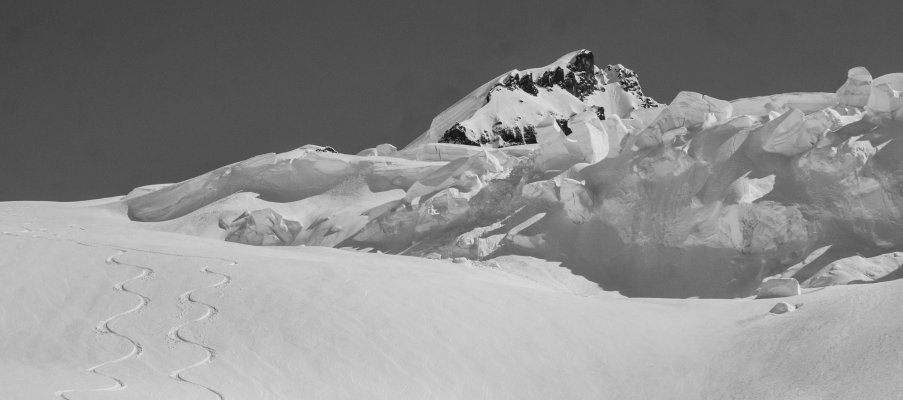
While the descentis by no means extreme, spring ski conditions can be highly variable, so you should arrive in good fitness with strong skiing ability. If you feel comfortable skiing black diamond runs in the ski area in any conditions (ice, moguls, powder, chunder), then you’ll be able to tackle the Coleman-Deming and have a great time doing so! If you have any questions about your ski ability, please feel free to give us a ring to discuss.


